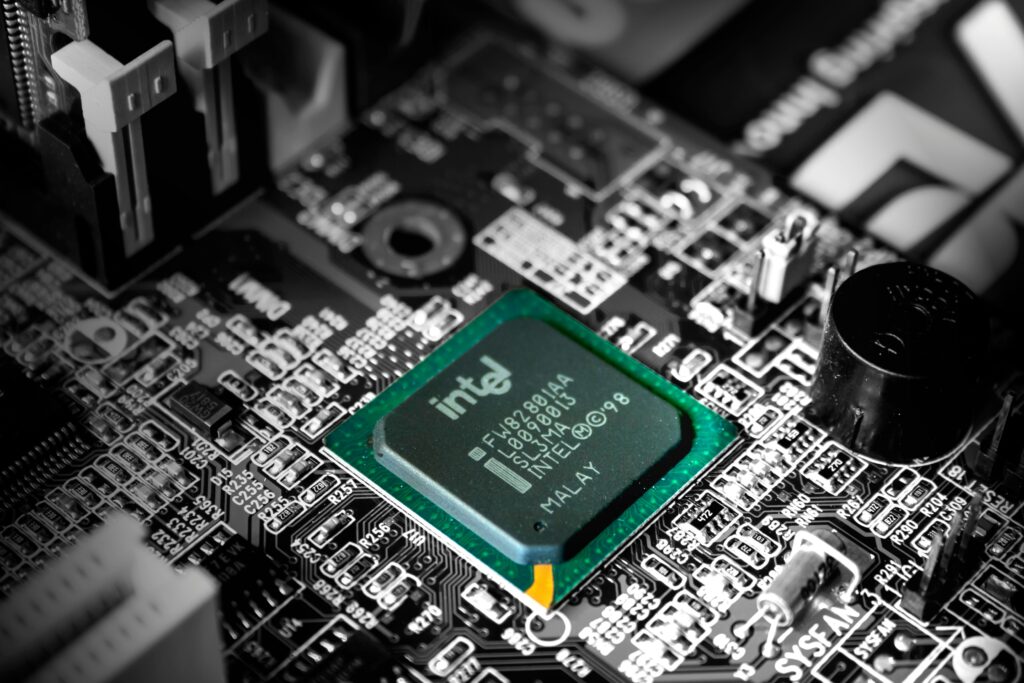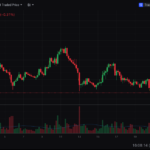Intel, one of the world’s leading semiconductor manufacturers, is expected to see a modest reduction in the $8.5 billion in preliminary U.S. subsidies it was slated to receive, following a $3 billion defense contract awarded by the Department of Defense (DoD). This development highlights the complexities of government funding allocations as the U.S. aims to strengthen its domestic semiconductor industry.
CHIPS Act and Intel’s Funding Breakdown
The original $8.5 billion grant was part of the $52.7 billion CHIPS and Science Act, which seeks to boost U.S. semiconductor production and research. Intel’s share was intended to support the construction of two new factories and upgrades to an existing one in Arizona, alongside $11 billion in loans.
However, the DoD’s $3 billion contract for building a secure U.S. chip supply chain has now been funded from the same $39 billion CHIPS Act allocation for semiconductor production rather than the Pentagon’s budget. This reallocation led to a reduction in Intel’s direct grant.
What Does This Mean for Intel?
Intel has been a major beneficiary of U.S. government efforts to secure semiconductor supply chains, with nearly $20 billion in grants and loans previously announced. While the adjustment in its $8.5 billion grant may slightly impact its financial inflow, the $3 billion defense contract represents a significant win, solidifying its role in national security projects.
Intel’s expanded funding comes at a time when the company is aggressively investing in leading-edge semiconductor production to compete globally, particularly against Asian manufacturers like TSMC and Samsung. The two Arizona factories supported by CHIPS Act funding are pivotal to this strategy, aimed at reducing U.S. reliance on overseas chip production.
Market Implications
Intel’s financial boost from government contracts underscores its strategic importance in the U.S. semiconductor race. However, investors should consider the potential dilution of grant funding and its long-term impact on the company’s capital allocation.
The broader semiconductor industry also benefits from the CHIPS Act, but the reallocation of funds for classified defense projects highlights a potential concentration of funding among select players like Intel. This could draw regulatory scrutiny or political backlash, potentially affecting future funding distributions.
Should You Buy Intel Stock?
Intel’s growing role in both commercial and defense sectors makes it a strong contender for long-term investors focused on the semiconductor industry. However, the slight reduction in grant funding may raise questions about its cash flow and project timelines. Traders should weigh the company’s robust government support against competitive pressures and operational challenges.
Conclusion
Intel remains a cornerstone of U.S. semiconductor ambitions, with significant government backing to bolster its market position. While adjustments to its grant funding may appear as a setback, the added $3 billion defense contract reaffirms its strategic role in national security. Investors should monitor Intel’s progress on these projects and consider the broader industry dynamics when evaluating its stock.
Disclaimer: This article is for informational purposes only and should not be considered financial advice. Always conduct thorough research before making investment decisions.







